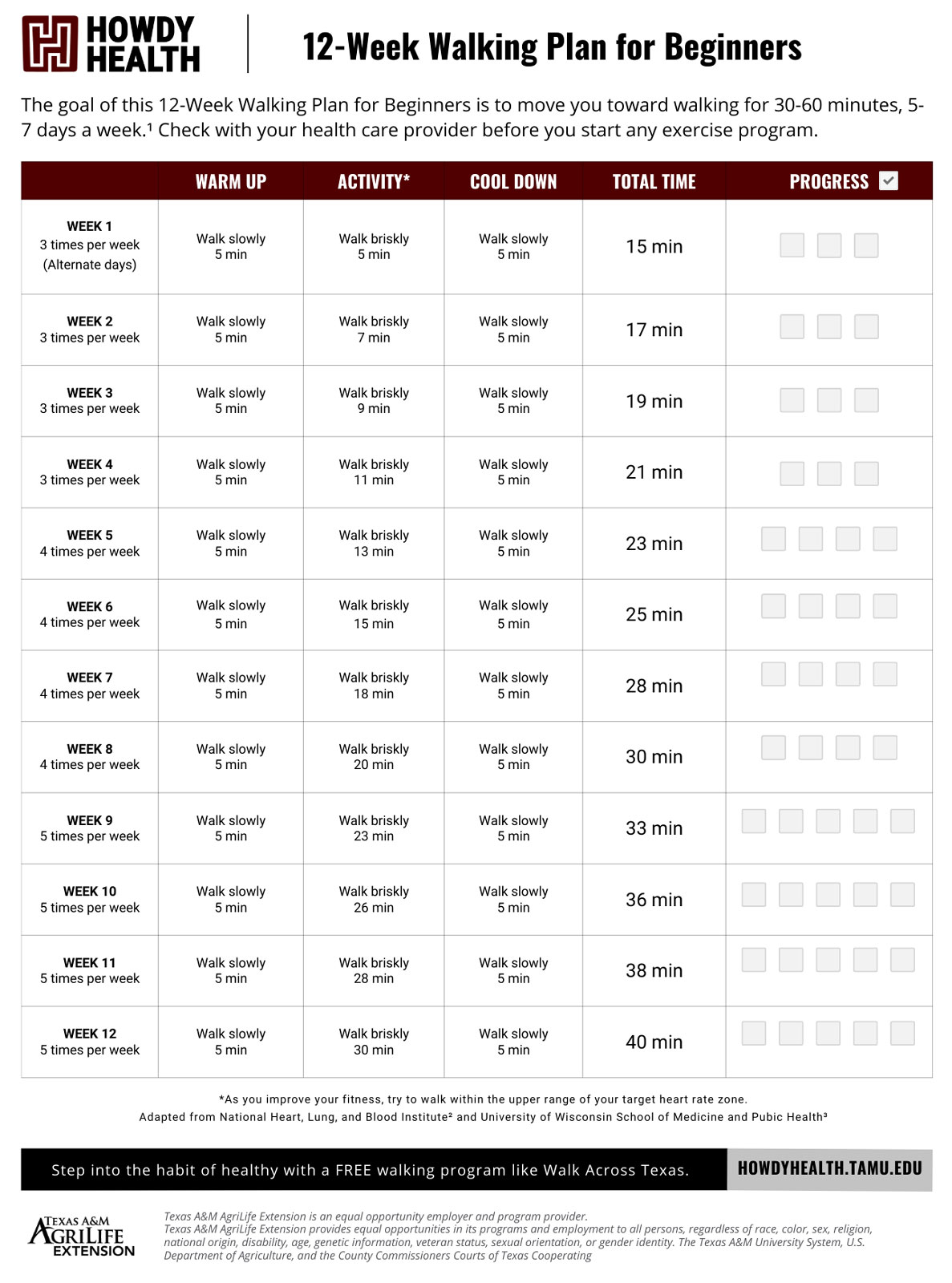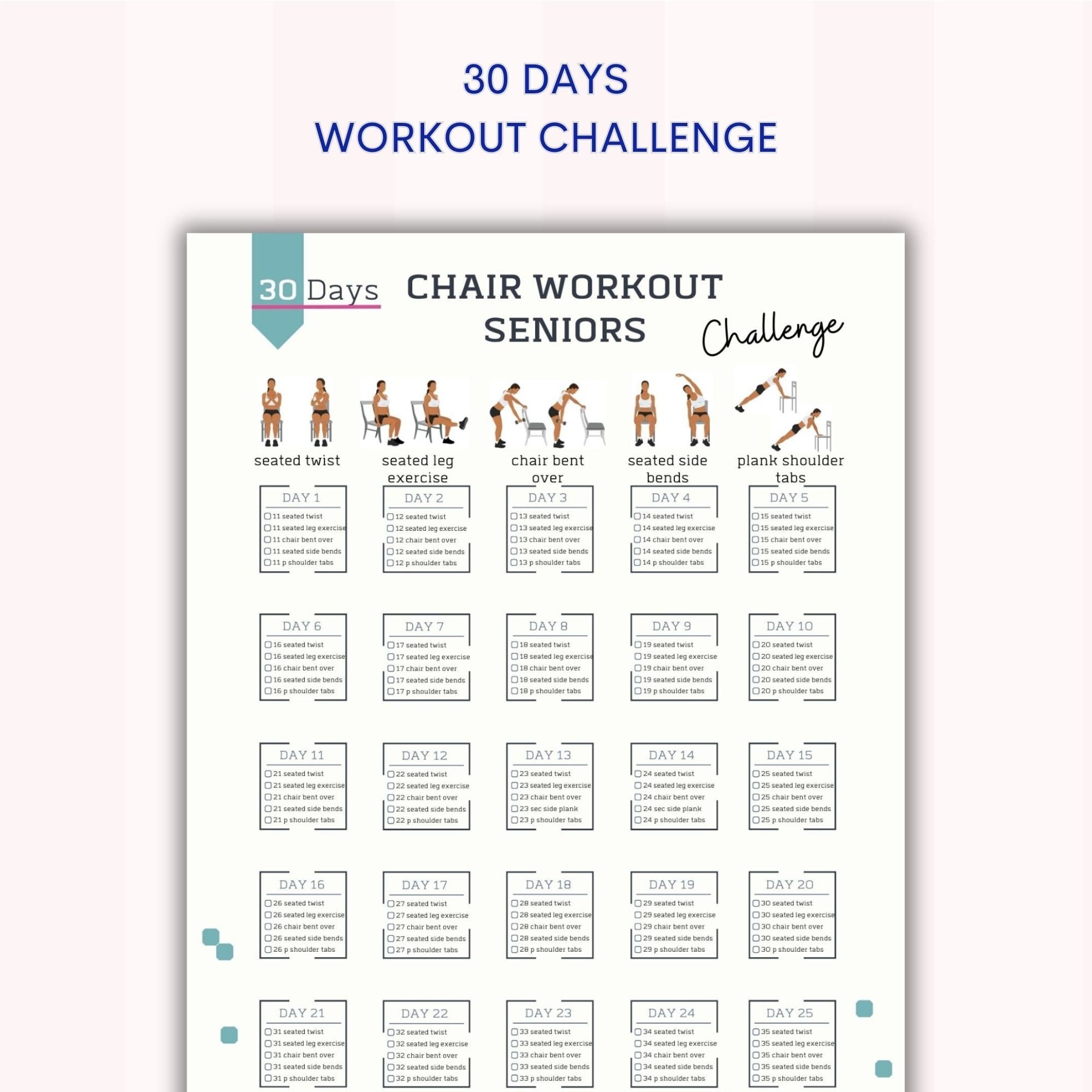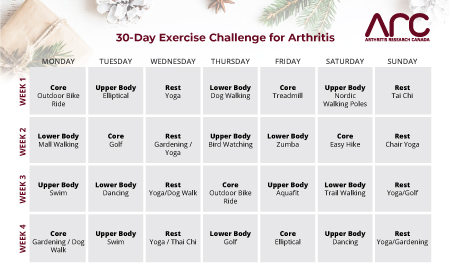PDF] The Canadian Centre for Activity and Aging's Home Support
![PDF] The Canadian Centre for Activity and Aging's Home Support](https://d3i71xaburhd42.cloudfront.net/48435b87b6fd94c940c76c26d369743583af27c6/1-Figure1-1.png)
The older homebound adult is more likely to live alone, have mobility limitations, experience incontinence problems, and be considered at high risk for falling and fear of falling, as well as more likelyto receive home support services. “Homeboundness” is defined as never or almost never leaving one’s home except for emergencies, not going beyond one’s door without assistance, or going out of one’s home less than once a month, and it is estimated to affect as much as 50% of the population who are 85+ years old. 1 The older homebound adult is more likely to live alone, have mobility limitations, experience incontinence problems, and be considered at high risk for falling and fear of falling, as well as more likely to receive home support services. 2 Frail seniors living at home are particularly difficult to reach and are at high risk for loss of functional independence and for institutionalization. 3
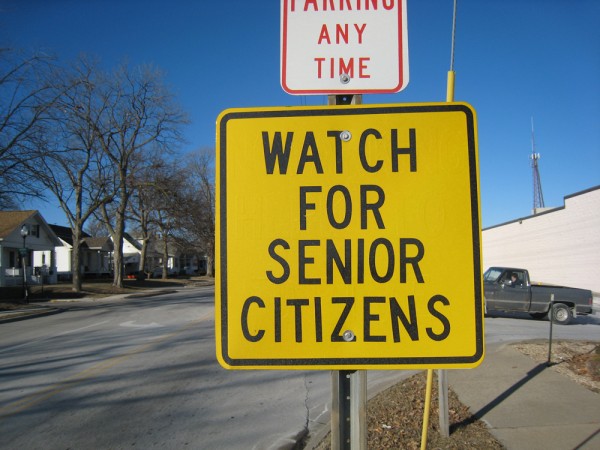
Chapter 13. Aging and the Elderly – Introduction to Sociology

Canadian Centre for Activity and Aging

CMPA - The aging physician: Maintaining competence and practising

Canadian Centre for Activity and Aging
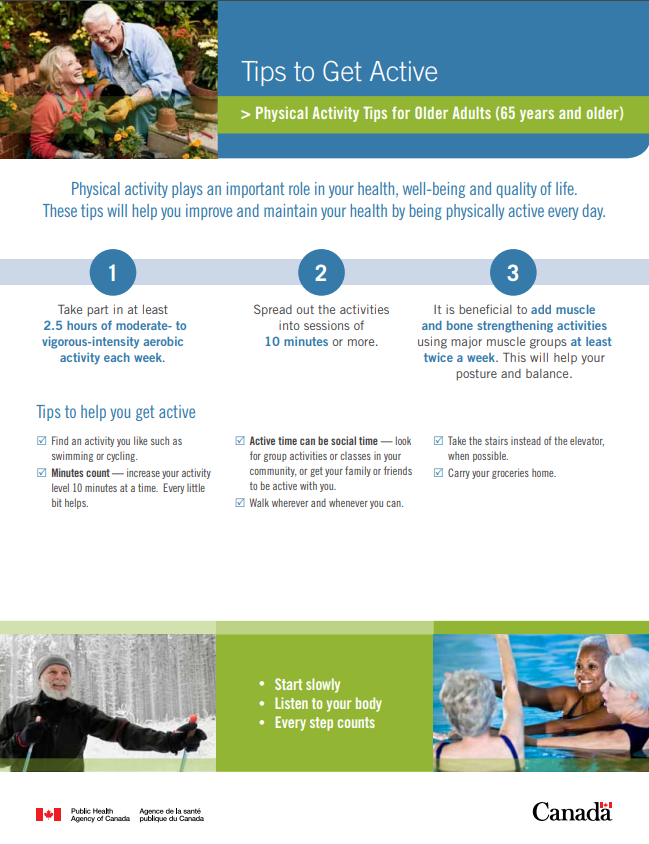
Physical activity tips for older adults (65 years and older
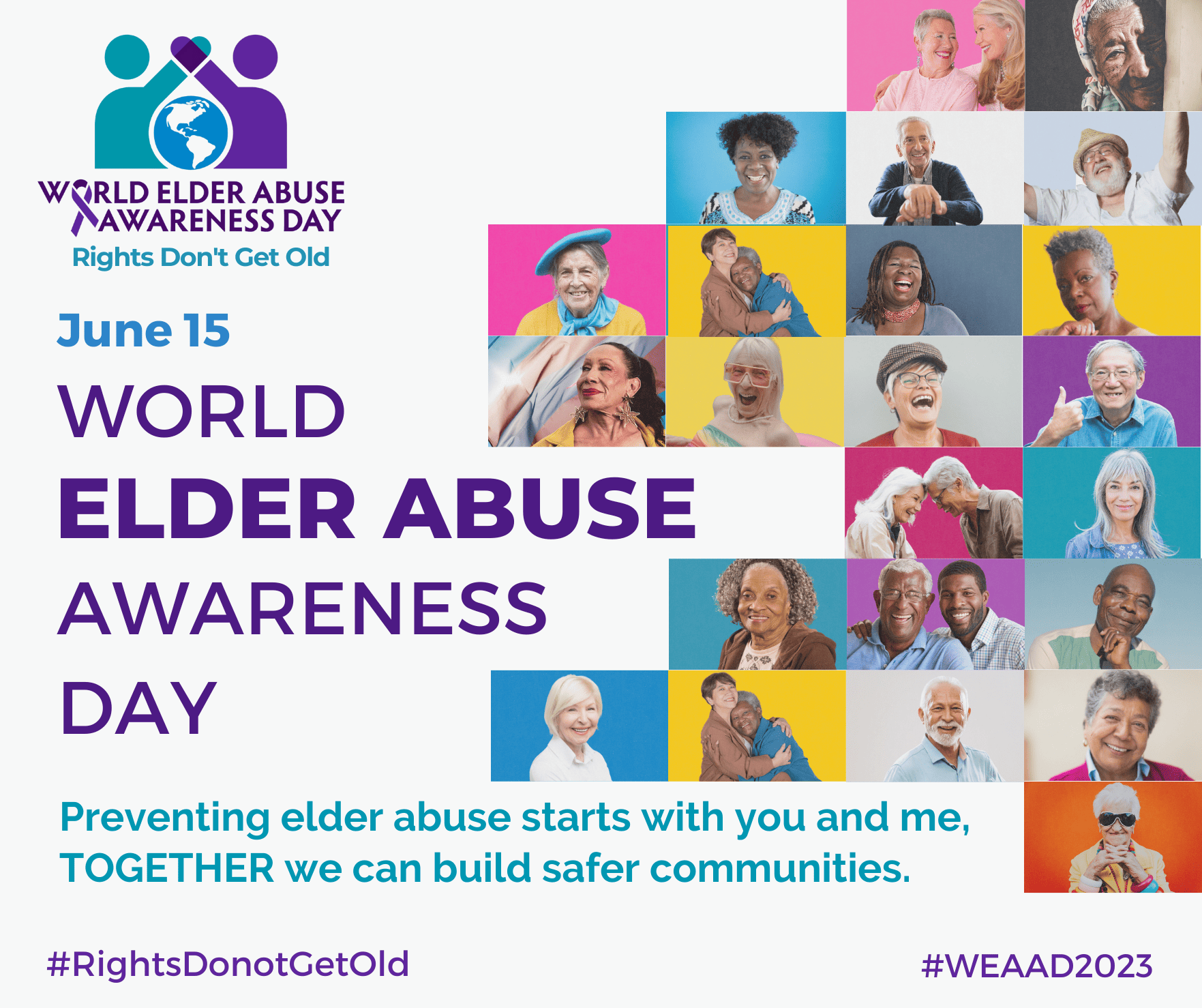
World Elder Abuse Awareness Day (WEAAD) - Elder Abuse Prevention

Canadian Centre for Activity and Aging

Postdoctoral Fellowship Edwin S.H. Leong Centre for Healthy Aging

Adults 65+ – 24-Hour Movement Guidelines
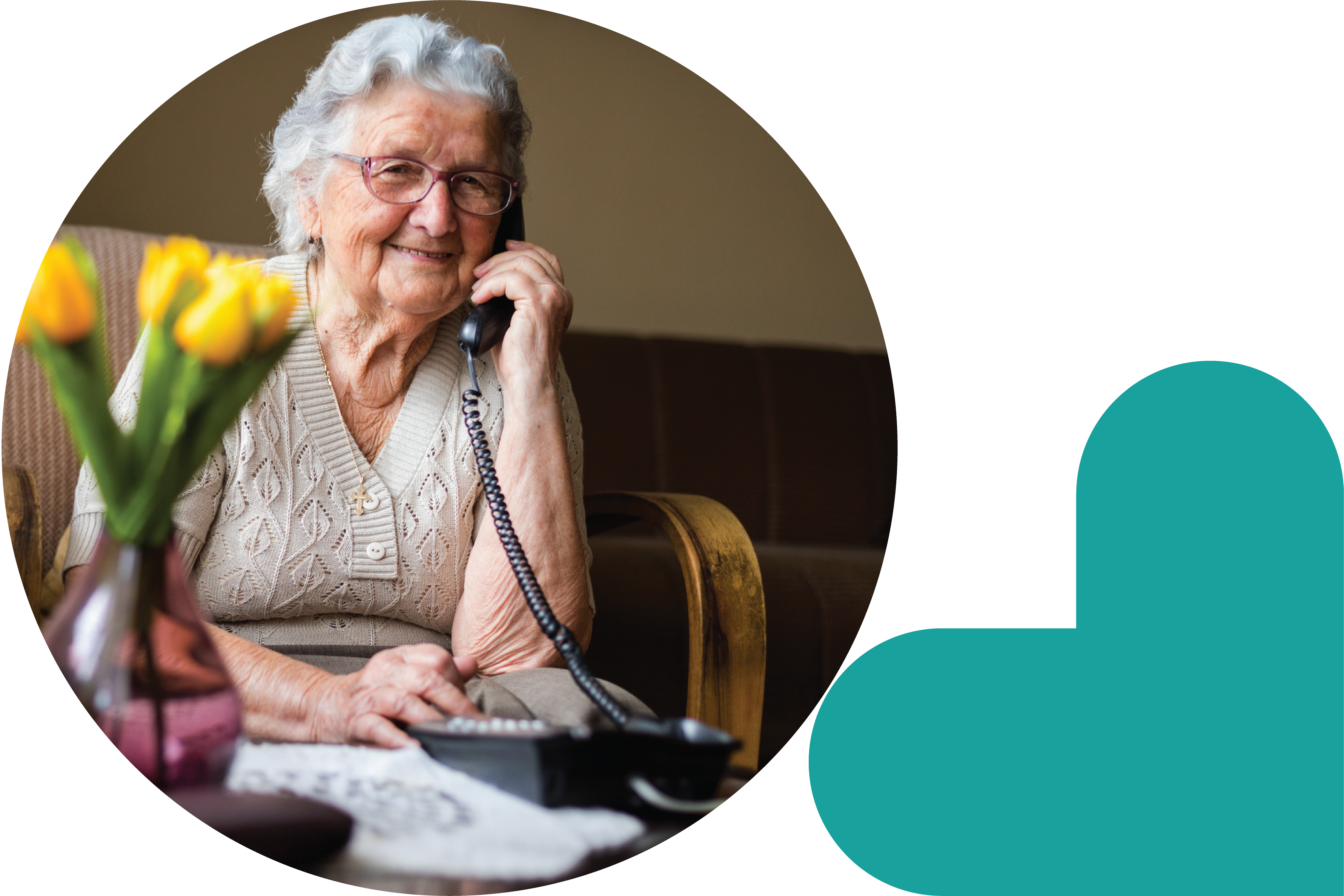
Advancing Frailty Care in the Community

Healthy Aging Programs for Seniors
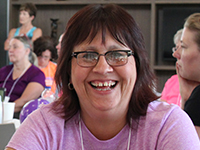
Manuals - Canadian Centre for Activity and Aging - Western University

Core community supports to age in community






